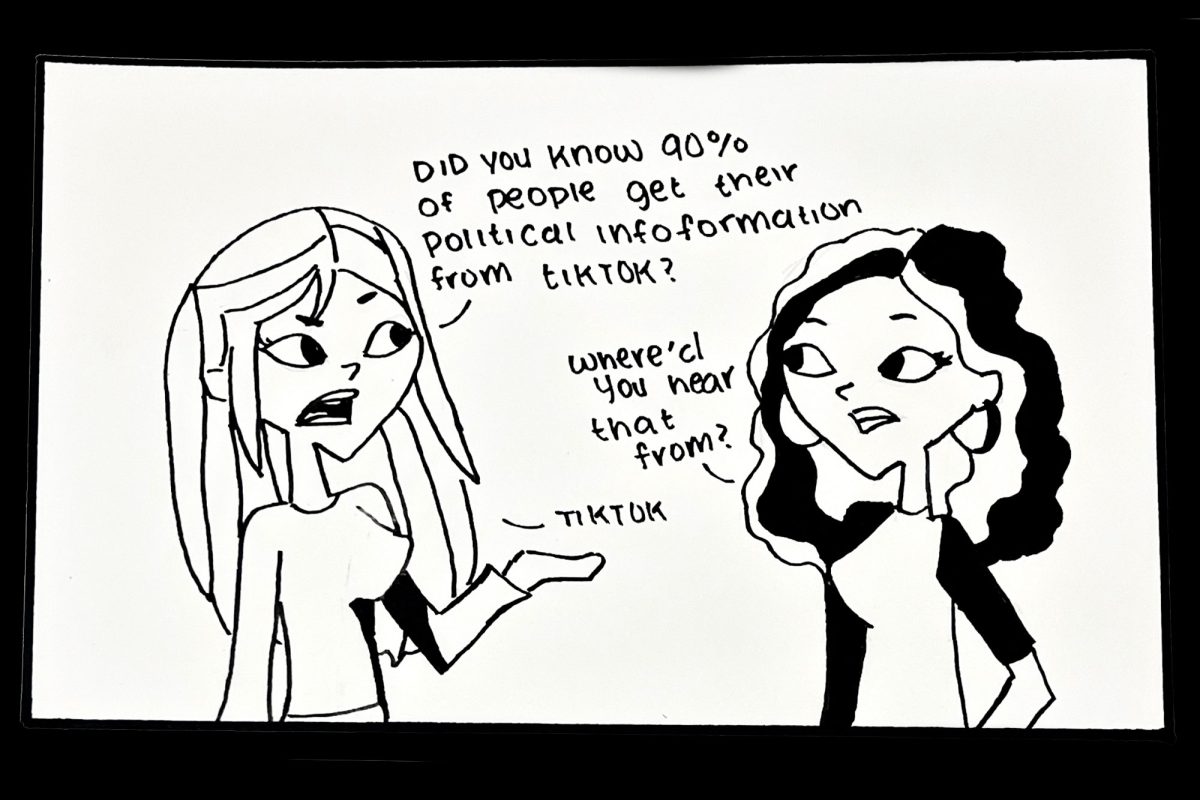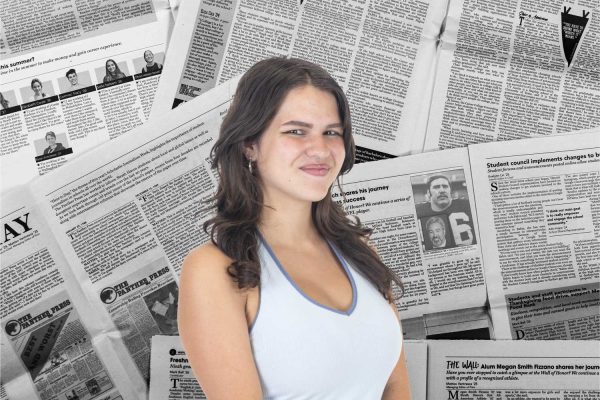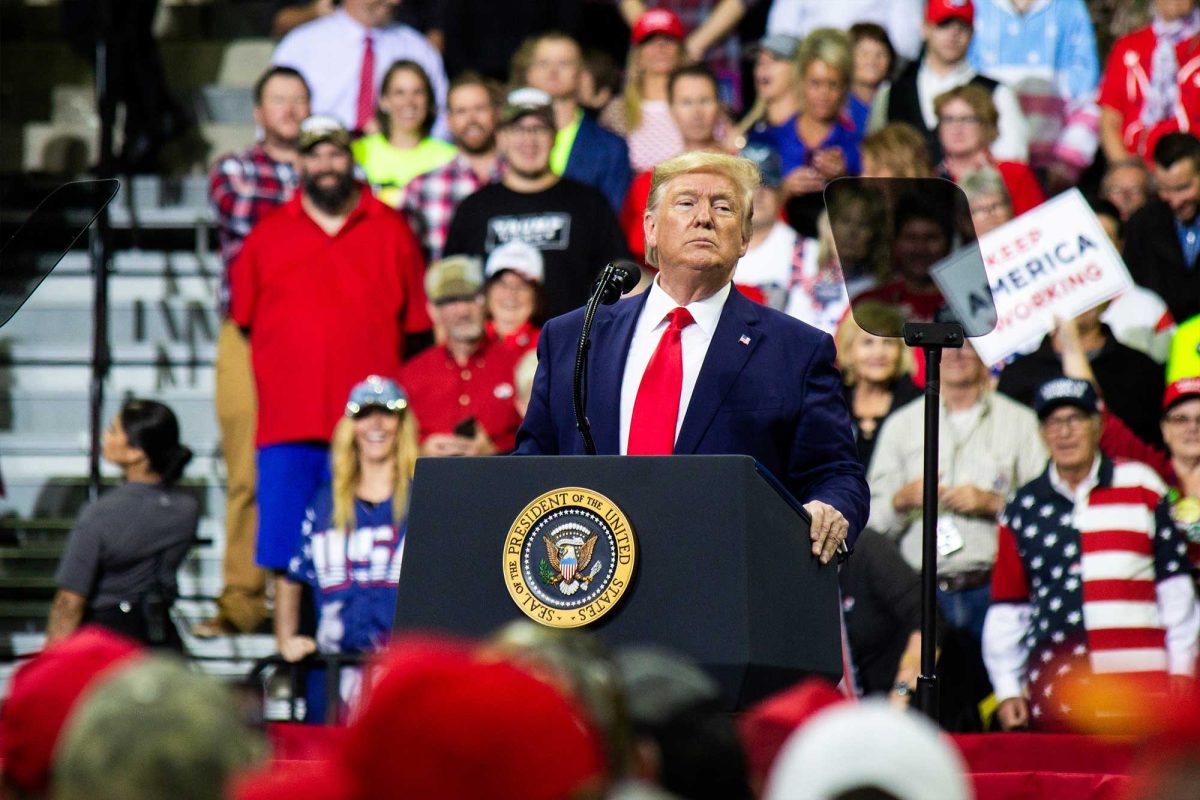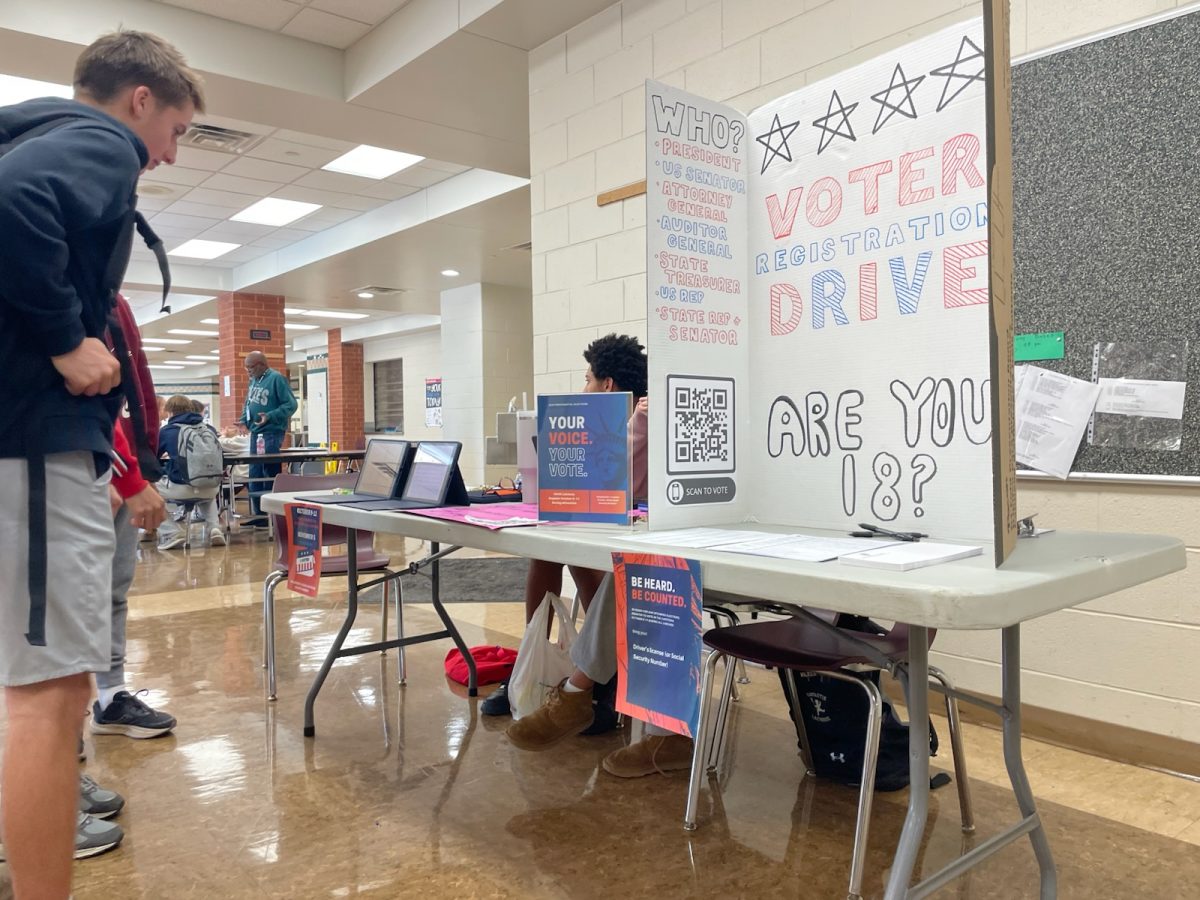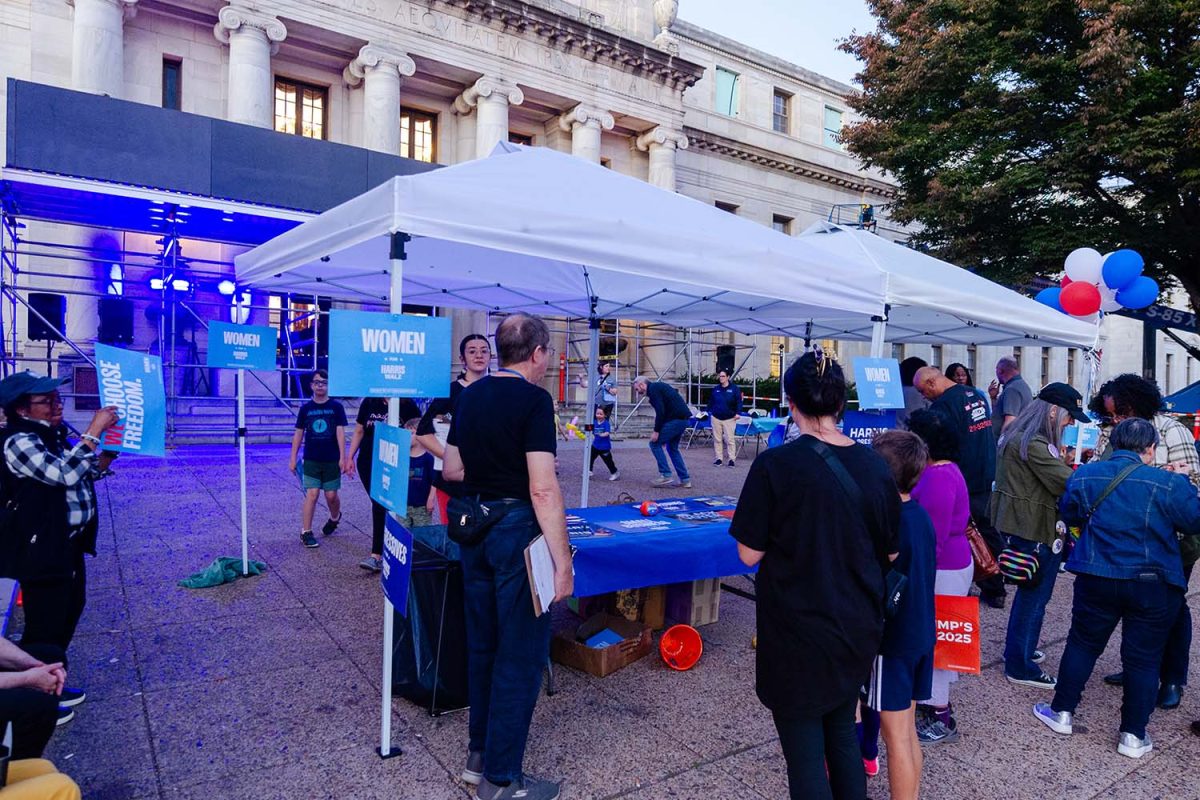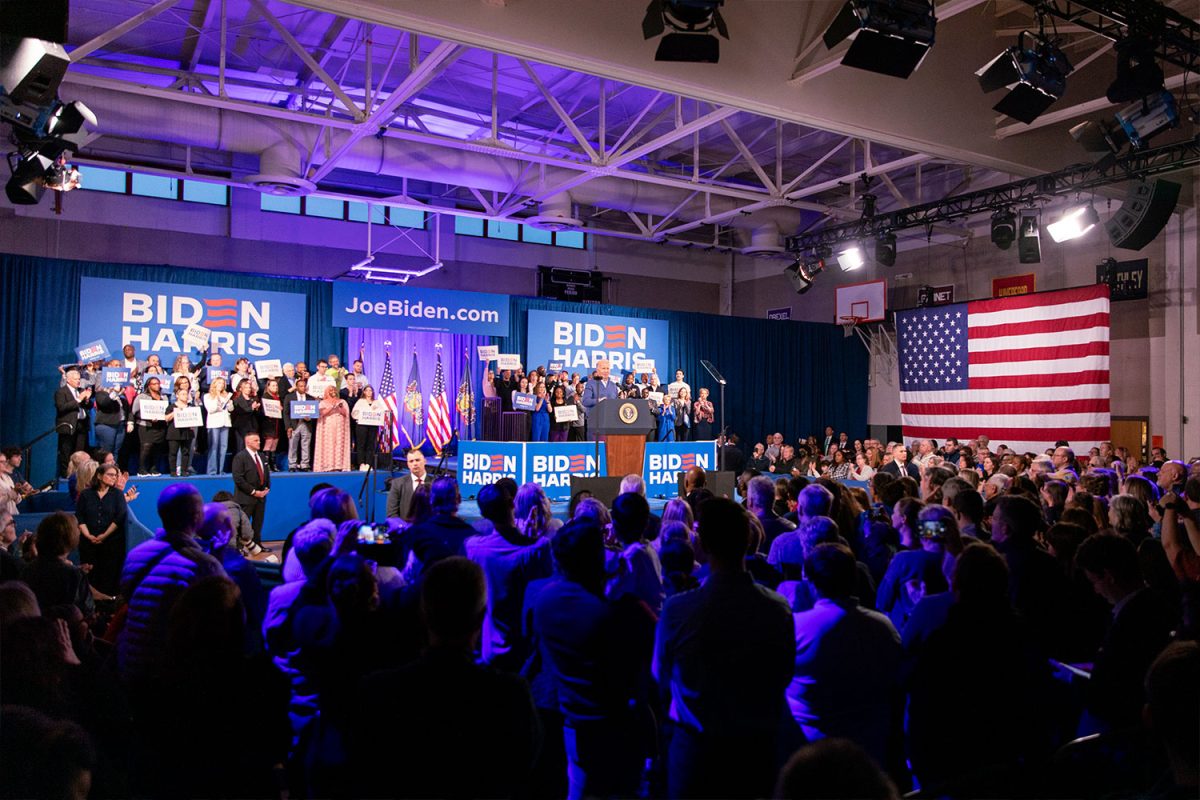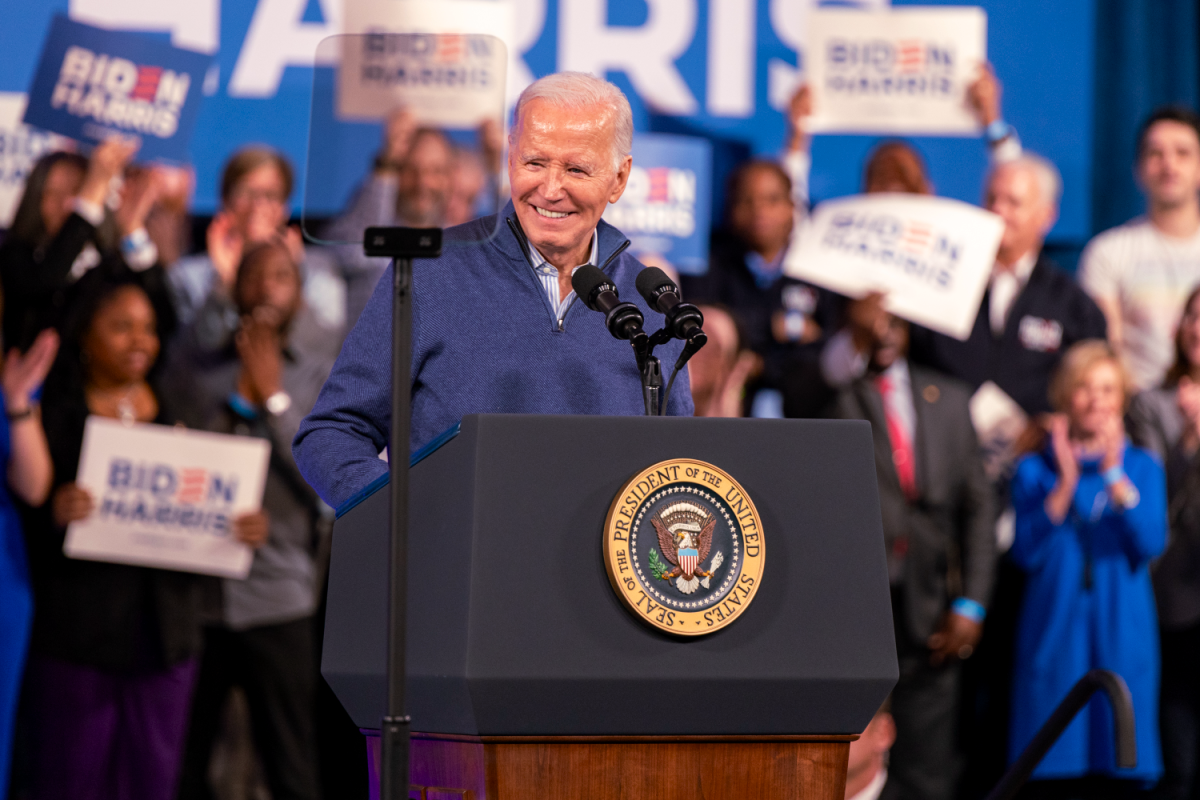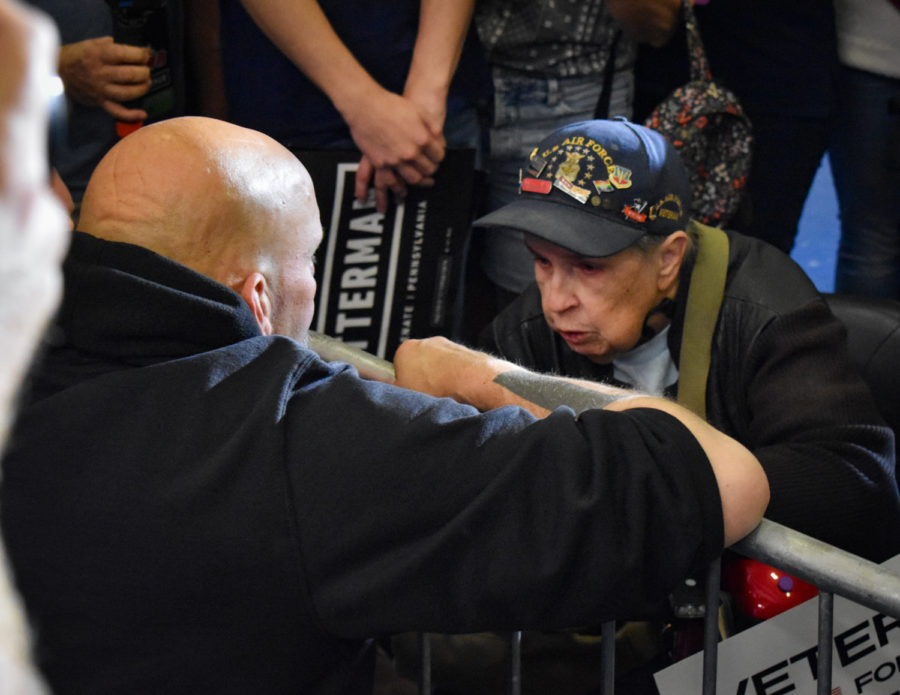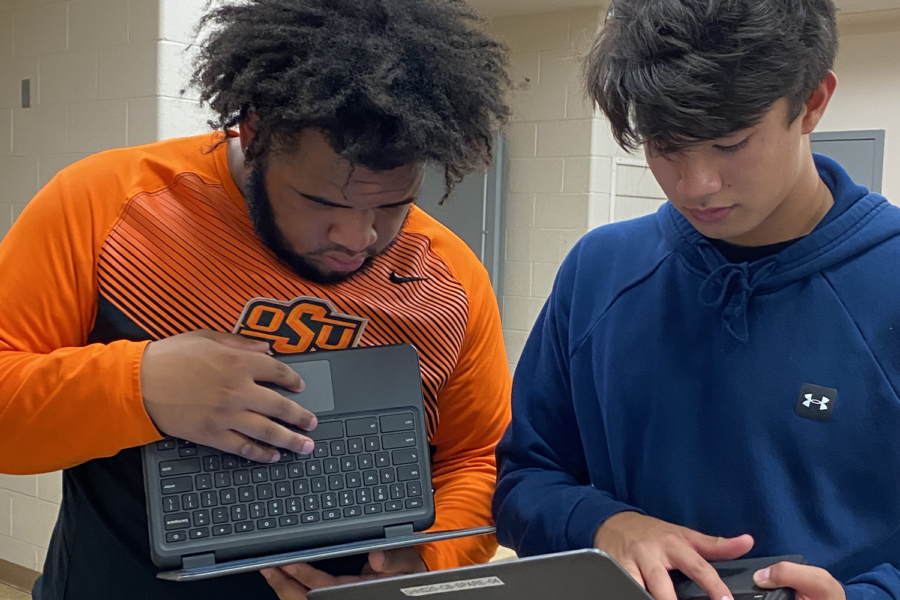From social media posting false claims to manipulated videos and misleading statistics, the flood of inaccurate information influences young people’s votes for the upcoming election.
One of the main problems with websites and social media is they contain heavy amounts of bias. For example, bias generators show that news sites such as CNN lean more towards the left while Fox leans more towards the right, creating distrust between the people and the media.
“I get my information from MSNBC and NPR,” senior JJ Bohr said. “I know MSNBC has a more liberal bias and I would say NPR is more in the middle. A lot of people get their information from biased sources even if they don’t know it.”
According to a report published by Penn State, social media has impacted day-to-day events and will have an impact on the election cycle. Social media distorts political messages to attract followers, which can lead to polarizing its viewers.
“I think where a lot of students are getting their information from is unreliable,” senior Reed Hyzer said. “It creates this idea of having to vote a certain way to present yourself the way the media tells you to.”
Social media apps such as TikTok, Instagram, and Snapchat pose threats of spreading misinformation. Many influencers sway their viewers towards a specific side by posing as a reliable source.
“I get all of my information from TikTok. I saw a TikTok saying there were like 50,000 cases [of mpox] in Pennsylvania alone,” sophomore Veronica King said. “No one has Monkeypox. Things just spiral out of control on TikTok and social media, people always exaggerate.”
New technology such as AI produces mass amounts of inaccurate information that people think they can trust, such as deep fakes. These can imitate politicians’ voices and faces to make them seem like they are saying something they never said.
“I feel like a lot of students are getting their information wrong even from sources they think they can trust,” senior Quinton King said. “Especially with artificial intelligence. It distorts a lot of information and people don’t know what to trust.”





